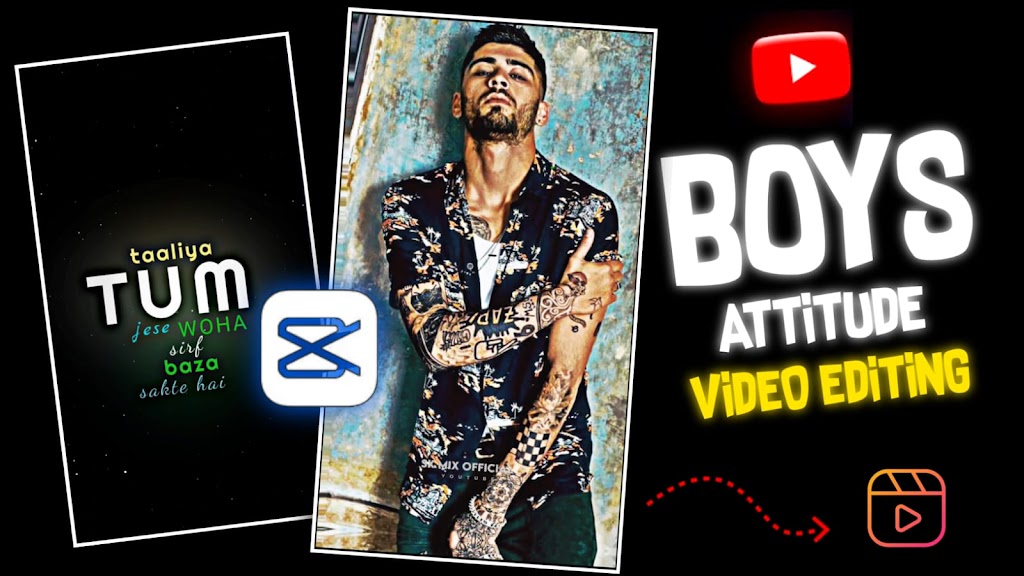What are the different types of car insurance
Auto insurance is a crucial aspect of responsible vehicle ownership in the United States. While it’s mandatory in most states, understanding the different types of car insurance coverage is essential for making informed decisions about your policy. Let’s explore these various types of coverage and what they entail:
1. Liability Coverage
Liability coverage is the foundation of auto insurance. It’s legally required in most states and serves to protect you financially if you cause an accident. There are two components:
– Bodily Injury Liability: This covers medical expenses, pain and suffering, and lost wages for the other party involved in an accident.
– Property Damage Liability: This pays for damage to the other party’s property, such as their vehicle or any structures you may damage.
2. Collision Insurance
Collision coverage steps in when your vehicle is damaged in an accident involving another vehicle, regardless of who is at fault. It helps pay for repairs or replacement of your car.
3. Comprehensive Insurance
Comprehensive coverage extends protection beyond collisions. It covers damage to your vehicle caused by non-collision events like theft, vandalism, natural disasters, falling objects, and accidents involving animals.
4. Uninsured Motorist Insurance
Uninsured motorist insurance offers protection against uninsured drivers or hit-and-run accidents. It helps cover your medical expenses and property damage when the at-fault driver lacks insurance.
5. Underinsured Motorist Insurance
When the at-fault driver’s insurance falls short in covering your expenses, underinsured motorist insurance steps in to make up the difference.
6. Medical Payments Coverage
Medical expenses following an accident can be daunting. Medical payments coverage assists in paying for necessary medical expenses for you and your passengers, irrespective of fault.
7. Personal Injury Protection (PIP) Insurance
PIP coverage goes beyond medical payments and may include lost wages and other expenses related to an accident. The extent of coverage varies based on your policy.
8. Gap Insurance
If your vehicle is financed or leased, gap insurance is essential. It covers the gap between your car’s actual cash value and the amount you owe on your loan or lease if your car is declared a total loss.
9. Towing and Labor Insurance
When you have comprehensive coverage, towing and labor insurance can reimburse you for towing and repair labor costs if your vehicle breaks down or is damaged.
10. Rental Reimbursement Insurance
After an accident, rental reimbursement insurance helps cover the cost of a rental car while your vehicle is being repaired or replaced.
11. Classic Car Insurance
Designed for vintage and classic car collectors, this specialized coverage considers the unique needs of classic vehicles and their owners.
Understanding these different types of car insurance coverage empowers you to make well-informed decisions when selecting the right policy. Keep in mind that insurance requirements and options may vary by state. Therefore, it’s essential to review your state’s regulations and discuss your specific needs with an insurance provider to create a suitable policy. Having the right coverage offers peace of mind on the road and financial protection in case of unforeseen events.




